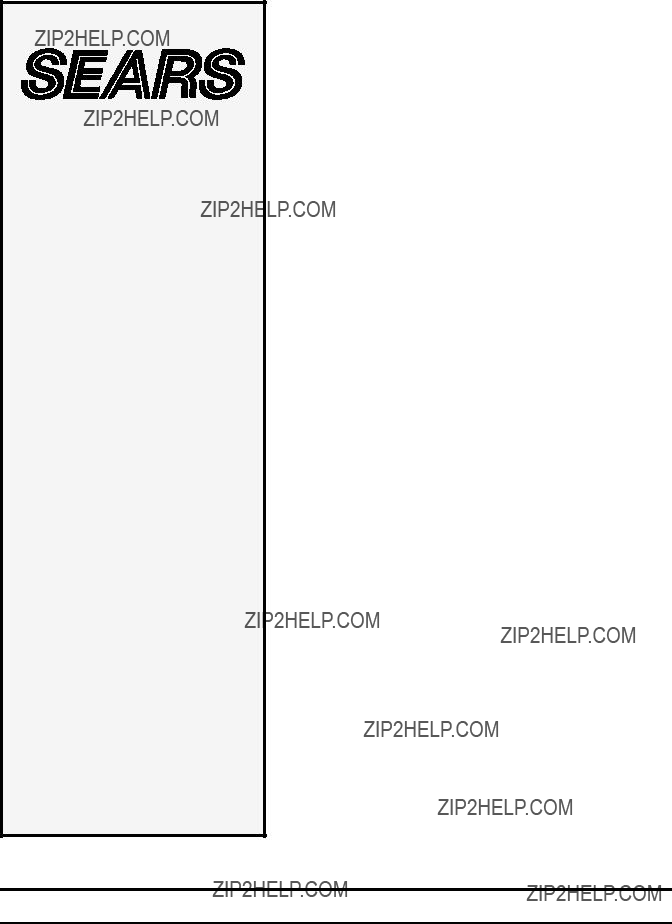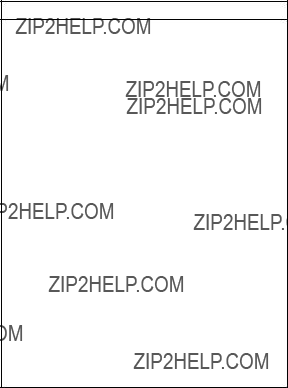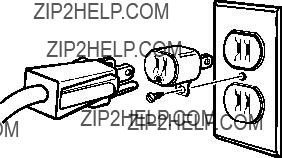Charging your battery
Charging your battery in the vehicle:
1.Arrange the power cord and charging cords care- fully in order to avoid damage that could be caused by the hood, door, or moving engine parts.
2.Keep clear of the fan blades, belts, pulleys, and other parts that can cause injury.
3.Check the polarity of the battery posts using the identification marks on the battery case: POSITIVE (POS,P, +) and NEGATIVE (NEG,N, ???).
4.Identify which post of the battery is ground or connected to the chassis. THE NEGATIVE POST
IS NORMALLY THE ONE THAT IS GROUNDED.
5.To charge a negative grounded post system:
Connect the red (POSITIVE) battery charger clamp to the ungrounded POSITIVE (POS,P,+) post of the battery. Then connect the black (NEGATIVE) clamp to a heavy metal part of the chassis or engine block, away from the battery. Do not connect clamp to carburetor, fuel lines, or sheet metal parts.
To charge a positive grounded post system:
Connect the black (NEGATIVE) battery charger clamp to the NEGATIVE (NEG,N,???) ungrounded post of the battery. Then connect the red (POSI- TIVE) clamp to a heavy unpainted metal part of the chassis or engine block. Do not connect clamp to carburetor, fuel lines, or sheet metal parts.
6.Connect the clamp to the battery post and twist or rock back and forth to make a solid connection. This will help keep the clamps from slipping off the posts and causing sparks.
7.Set VOLT/AMP SELECTOR switch and TIMER to the OFF position. Next plug the power cord into a grounded AC outlet.
8.Set the TIMER to the desired charge time, from 30- 135 minutes. If more than 135 minutes of charging time is needed the HOLD position can be used.
When using the HOLD feature the battery being charged must be monitored closely to avoid over charging.
9.Set the VOLT/AMP SELECTOR to the desired charge position. (See ???CHARGE RATE??? chart on page 12 for correct settings.)
10.When battery is fully charged, the ammeter pointer will be in the farthest left position and the voltmeter pointer will be in the green area of the meter.
11.When the battery is fully charged, turn timer knob to OFF position, then unplug the charger power cord. Stand away from battery and remove the charger clamps from the NEGATIVE end of the cable first, then from the POSITIVE post.
12.Clean and store the battery charger in a dry location.
10















